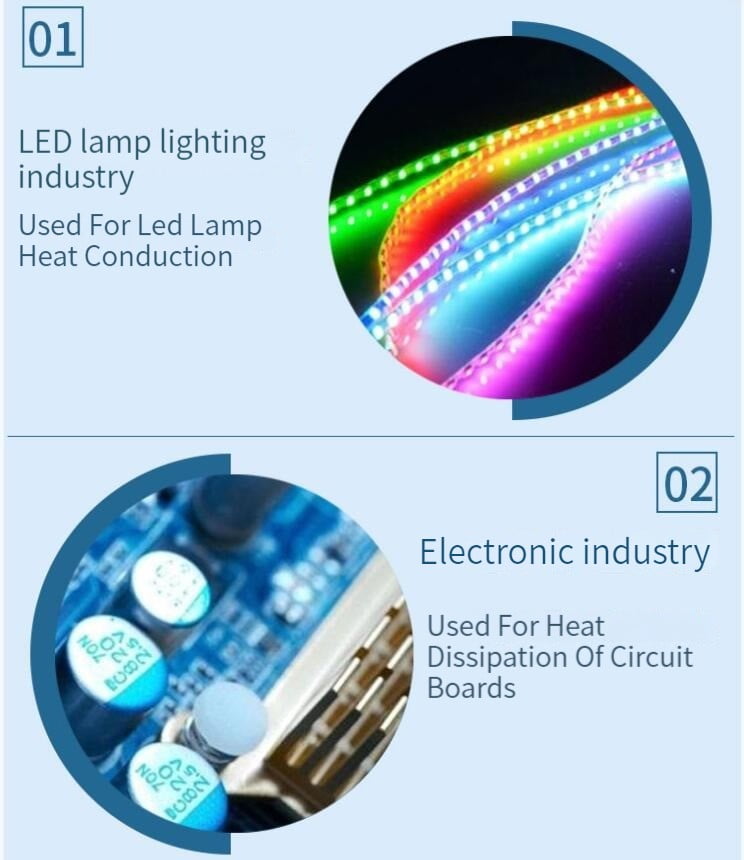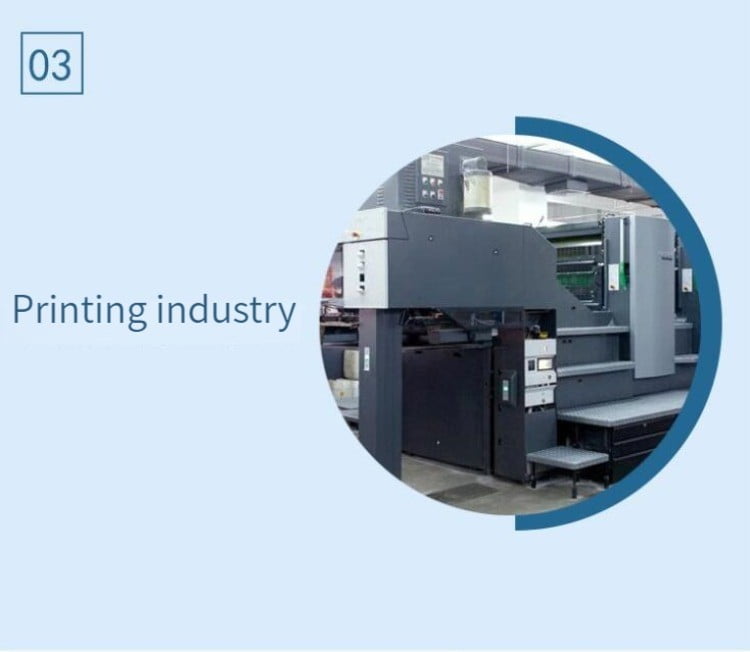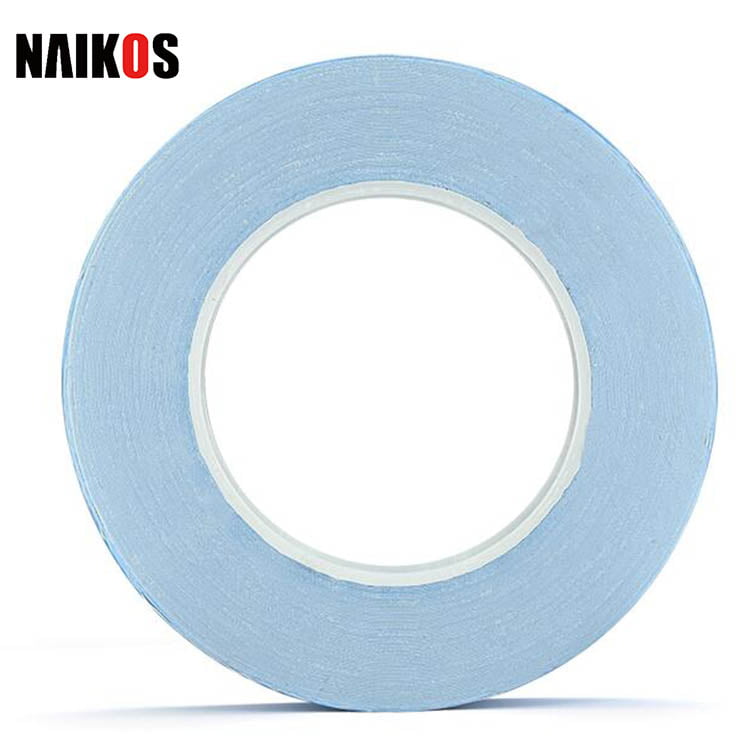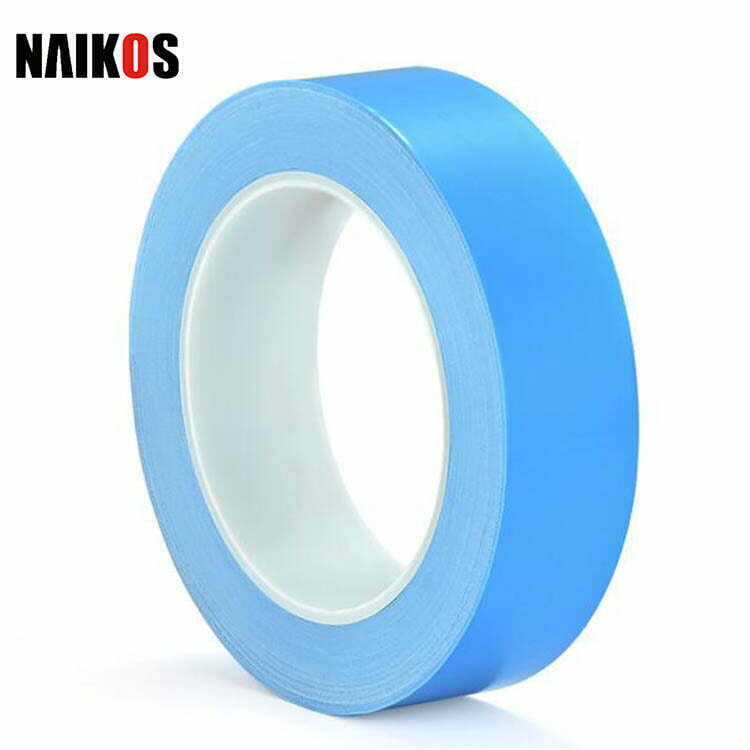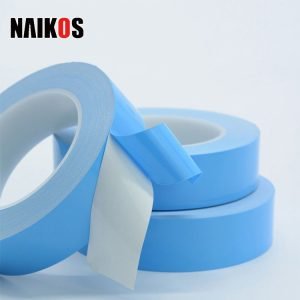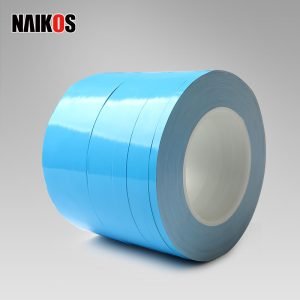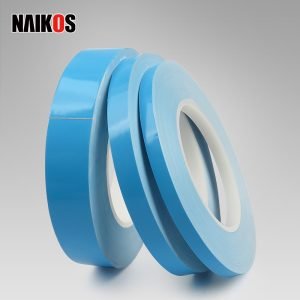Thermally conductive tape is a kind of double-sided thermal recording with good thermal conductivity and high viscosity. It is used to fill the uneven space between the heat source and the metal products.
Thermal conductive tape can be divided into substrate and non– substant types. Common ingredients are pressure sensitive adhesives based on acrylic and silicone. The base materials is acrylic and is ideal for porcelain and metal cadre. Silicone is the thermally conductive material and often used for plastic contact surfaces. Fiberglass or polyimide are the most typical reinforcements for thermally conductive coup.
Small or slender electronic components are often adhered to thermally conductive tapes. It is fantastic for small chips on computer motherboards, small radiators for online video graphics cards, backlight modules, and so forth . because of its thermal conductivity and bonding function.

Thermal tape application
Thermally conductive tape is cost– effective and combines the two major advantages of heat conductivity data and 3 M recording, namely strong double– on the sides tape, which has vertical cold weather conductivity, compared with thermally conductive adhesive and thermally conductive silicon rubber, it is simpler to paste and use, and there is no unpleasant smell of thermal grease. Odor and remedy time. Good electrical insulation, high thermal conductivity and flame retardancy allow it to become broadly used in power transistors and heat sinks, integrated circuit potato chips and heat sinks, LCD Televisions, plasma TVs, mobile computers, brushless motors and other equipment.
Thermally conductive double– sided recording is a thermally conductive hard powder filled with acrylic plastic, which is then compounded with silicone adhesive. Generally, it is attached between the heating linen and the heat sink to understand the rapid conduction of warmth. Because of the properties of the material, the thermally conductive dual– sided tape has good softness, compressibility, flexibility, strong aprobacion and high temperature adaptability.
Thermally conductive double– sided recording is a material with high thermal conductivity and insulation, which is easy to use and perfect for assembling mechanisms that operate on uneven surfaces.
